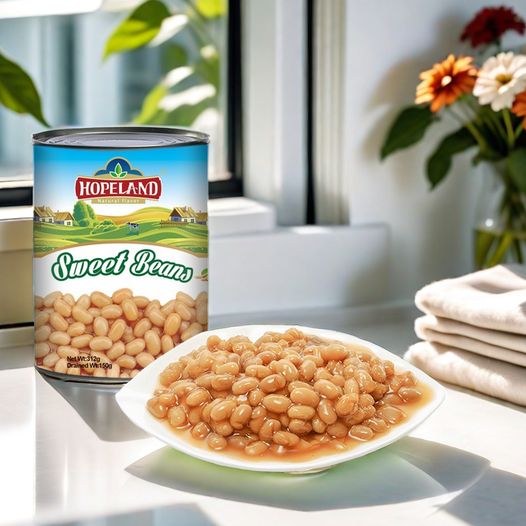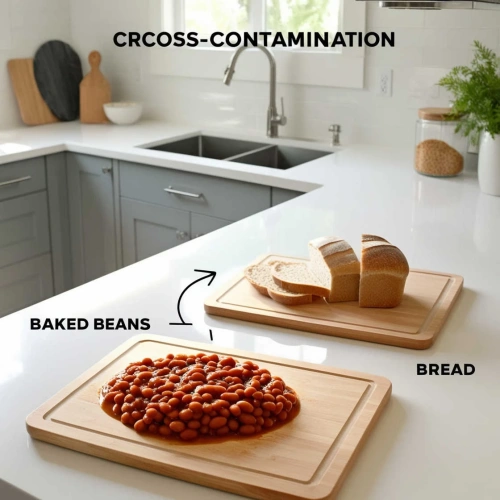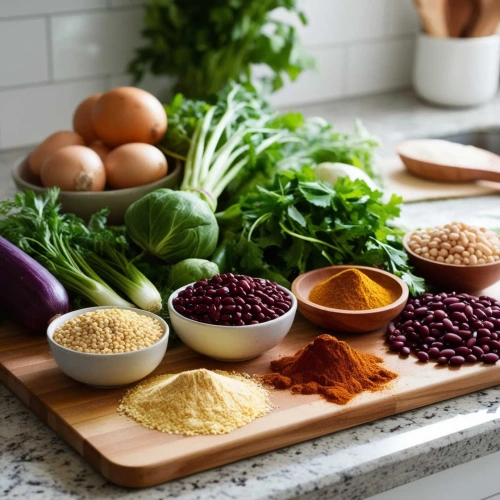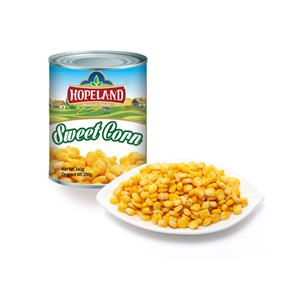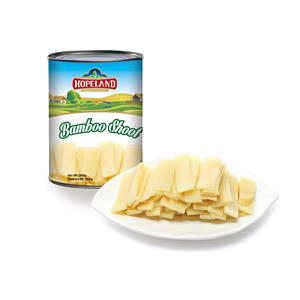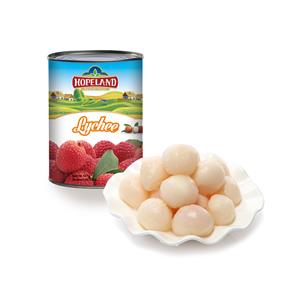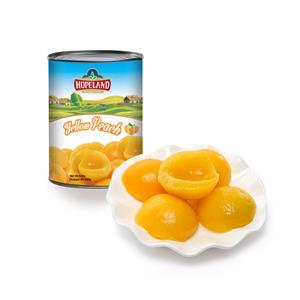Are Baked Beans Safe for a Gluten-Free Diet?
If you’re on a gluten-free diet, you might wonder if baked beans fit into your meal plan. While baked beans are naturally free from gluten, there are a few things to consider. Let’s dive into the gluten content in baked beans and guide you in making informed decisions about whether they’re safe for your gluten-free lifestyle.
Understanding Gluten and Gluten-Free Diets
Gluten is a protein found in wheat, barley, and rye that can cause harmful reactions in people with celiac disease or gluten sensitivity. For those affected, even a tiny amount of gluten can trigger symptoms such as bloating, stomach pain, and more serious health problems. To avoid this, a gluten-free diet eliminates all sources of gluten, including any products derived from wheat, barley, or rye.
However, maintaining a gluten-free diet can be tricky, as gluten often hides in many unexpected foods, from baked goods to sauces. Reading labels carefully is crucial to avoid hidden gluten and ensure you don’t trigger an immune response, allowing your body to heal and remain healthy.
The Gluten Controversy in Baked Beans
Although baked beans are naturally gluten-free, the controversy arises from how they’re prepared and processed. Some manufacturers add gluten-containing ingredients in sauces or seasonings, and there’s also the risk of cross-contamination if the beans are processed in facilities that handle gluten-based products.
The lack of consistent labeling can add to the confusion. Some brands clearly label their baked beans as gluten-free, while others do not, leaving people with gluten sensitivities uncertain about the safety of the product.
Gluten-Free Labeling and Regulations
To help consumers identify gluten-free products, organizations like the U.S. Food and Drug Administration (FDA) have established labeling guidelines. In the U.S., any product labeled as "gluten-free" must contain less than 20 parts per million (ppm) of gluten. The European Union follows the same standard under the Codex Alimentarius.
While these labels help ensure safety, it’s important to remember that gluten-free labeling doesn’t guarantee a product is completely free from gluten, especially when cross-contamination is possible. This is why individuals with celiac disease or gluten sensitivity should always read labels carefully and, when in doubt, contact the manufacturer for more information.
Are Baked Beans Naturally Gluten-Free?
The main ingredients in baked beans—navy beans, tomato sauce, and seasonings—are naturally gluten-free. Navy beans, a type of legume, do not contain gluten, making them safe for anyone with gluten sensitivities. However, the issue arises from added ingredients or the production process, which can introduce gluten.
Some brands may add thickeners or flavor enhancers like wheat flour or barley malt, both of which contain gluten. Additionally, cross-contamination may occur if baked beans are produced in facilities that process gluten-containing foods. Always check the product labels and, if necessary, contact the manufacturer to confirm that the baked beans you’re buying are truly gluten-free.
Common Sources of Gluten Contamination in Baked Beans
Gluten contamination in baked beans usually comes from one of two sources. The first is the use of gluten-based thickeners or stabilizers, such as wheat flour or barley malt, which are added to improve the texture or flavor of the beans.
The second source is cross-contamination, which can happen when baked beans are processed in the same facility or on the same equipment as wheat-based products. This risk makes it essential to choose brands that label their baked beans as gluten-free and follow strict production processes to avoid cross-contact with gluten.
Reading Labels and Identifying Gluten in Baked Beans
To ensure your baked beans are gluten-free, it’s important to become a diligent label reader. Look for products with a "gluten-free" label, which confirms that they meet the FDA’s standard of containing less than 20 ppm of gluten. Additionally, scan the ingredient list for any mention of wheat, barley, rye, or derivatives such as malt.
Be cautious of ingredients like thickeners, flavorings, or additives that may contain gluten. If you’re unsure about a particular ingredient or brand, contact the manufacturer to get more information.
Tips for Finding Gluten-Free Baked Beans
The easiest way to find safe baked beans is to look for products explicitly labeled as "gluten-free." These products have undergone testing and meet strict standards, ensuring they contain minimal gluten, if any. You may also want to try organic or natural brands that focus on using simple, whole ingredients without unnecessary additives, reducing the likelihood of gluten contamination.
Alternatives to Baked Beans for a Gluten-Free Diet
If you’re unsure about baked beans or want to switch things up, there are plenty of alternatives. Other legumes like black beans, chickpeas, and kidney beans are naturally gluten-free and can be used in various dishes, such as stews, soups, and salads. These options offer similar nutritional benefits and flavors while keeping your meals safe and gluten-free.
Lentils are another great choice, providing a texture similar to baked beans and working well in soups, curries, and salads. You can also try gluten-free grains like quinoa or rice, which can serve as a base for casseroles or side dishes, offering satisfying and nutritious alternatives.
Gluten-Free Recipes Using Baked Beans
If you’ve found a reliable gluten-free brand of baked beans, there are countless delicious recipes to try. One simple option is a gluten-free baked bean and vegetable stir-fry. Sauté onions, bell peppers, and zucchini, then mix in baked beans with a touch of maple syrup or molasses to bring out a classic baked bean flavor. Serve over rice or with gluten-free cornbread for a comforting meal.
For a heartier dish, try making a gluten-free baked bean chili. Brown ground beef or turkey, then add gluten-free baked beans, tomatoes, and your favorite spices. Serve the chili with gluten-free cornbread or quinoa for a delicious and filling dinner.
Conclusion: Enjoying Baked Beans on a Gluten-Free Diet
Baked beans can be a tasty and nutritious part of a gluten-free diet, but it’s important to remain cautious about potential sources of gluten contamination. By carefully reading labels, choosing certified gluten-free products, and contacting manufacturers when necessary, you can enjoy baked beans with peace of mind.
Though baked beans are naturally gluten-free, cross-contamination and added ingredients may introduce gluten. Stay vigilant and continue to explore alternative bean dishes and gluten-free recipes to keep your meals varied and safe.
With a little extra attention, you can savor the comforting flavors of baked beans while confidently maintaining your gluten-free lifestyle.

